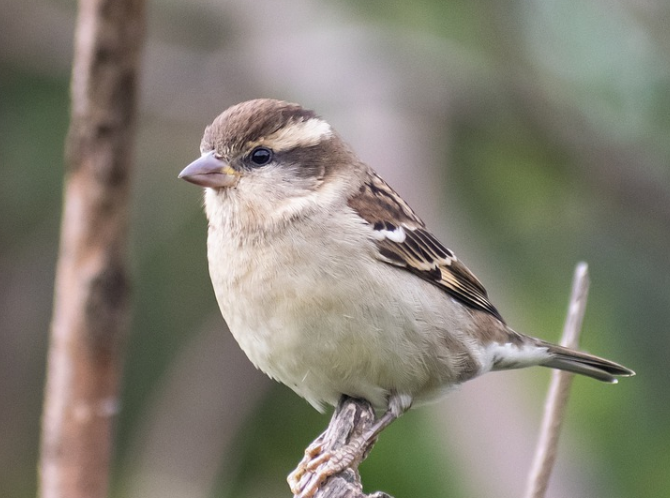Delhi builds 'Gauraiya Gram' to conserve state bird sparrow
It has probably been a while since you last saw a house sparrow in Delhi.The once-ubiquitous bird has become a rarity in urban agglomerations in India, primarily due to loss of food and nesting place.The national capital is making an effort to bring the state bird back -- a Gauraiya Gram has been created in the Garhi Mandu city forest of east Delhi.Sparrow is also known as passer domesticus as it lives in close proximity to humans.

- Country:
- India
It has probably been a while since you last saw a house sparrow in Delhi.
The once-ubiquitous bird has become a rarity in urban agglomerations in India, primarily due to loss of food and nesting place.
The national capital is making an effort to bring the state bird back -- a ''Gauraiya Gram'' has been created in the Garhi Mandu city forest of east Delhi.
Sparrow is also known as passer domesticus as it lives in close proximity to humans. It means a habitat unsuitable for these little birds is not conducive for humans either, Assistant Director at the Bombay Natural History Society (BNHS) Sohail Madan said.
''The spunky bird thrives in places that have plenty of grains and insects. But the use of pesticides and insecticides has led to a scarcity of food for them. The toxic chemicals have driven them away,'' Madan said.
''We have planted native berries like karonda and kundni, grasses and shrubs, and kept feeder boxes, artificial nests and earthen pots in the sparrow village, which was opened to the public last month,'' the conservationist added.
Two insect hostels have been created in ''Gauraiya Gram'' as sparrows feed on insects and worms.
A forest department official said this is the first such effort in the national capital to make people aware about the protection and conservation of the state bird.
''The rapid decline in the number of sparrows had hogged headlines a few years ago. Several studies attributed it to urbanisation and mindless use of pesticides and insecticides, and even electromagnetic radiation. So we thought of doing something.
''A baseline survey will be conducted after six months and thereafter, we will count the number of sparrows after a year to establish the impact of our conservation efforts,'' the official said.
The house sparrow is listed as ''least concern'' in the Red List of Threatened Species of the International Union for Conservation of Nature (IUCN).
(This story has not been edited by Devdiscourse staff and is auto-generated from a syndicated feed.)
ALSO READ
North East Delhi Riots 2020: Umar Khalid amplified his narrative as part of conspiracy, say police opposing his bail plea
"Travel information personal, can't be divulged unless larger public interest involved": Delhi HC after dismissing plea by blast convict
North East Delhi Riots 2020: Umar Khalid amplified his narrative as part of conspiracy, say police opposing his bail plea
India, Luxembourg hold second round of foreign office consultations in Delhi
India, Luxembourg hold second round of foreign office consulations in Delhi










